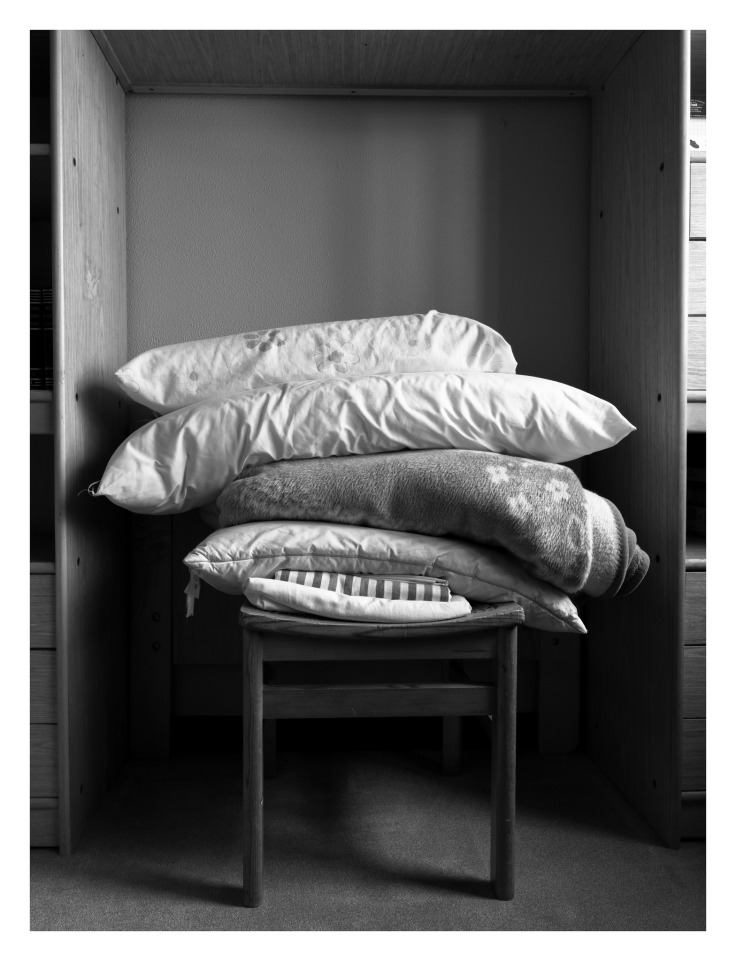“Through photography, quotidian matter is give a visual charge and imaginative possibility beyond its everyday function”. This paragraph from the chapter 4 “Something and Nothing” of the book “The Photograph as Contemporary Art” summarizes perfectly the strategy of using ordinary objects in a photography project.
The act of taking a photograph connotes a kind of act of possession, when we take a picture, where are capturing a specific time and space, preserving it from the inexorable sequence of time and saving it from oblivion, recording with our camera its uniqueness and keeping such singularity under our control. Such act implies that whatever kind of bonds exist between the subject and the photographer, they become reinforced after the act of photographing.
And what about objects and places that belong to our everyday environment, subjects to which we are physically connected because they are the stage scenery where the drama of our life unfolds. Taking pictures of them as a way to better understand ourselves: these objects and places are silent witness of our presence, they reflect the way on which we interact with the environment, registering the traces of our existences. They become a powerful way of describe ourselves, not literally, but evocatively, metaphorically.
There are several examples of this kind in the book: Nigel Safran “Sewing kit”, Tracey Baran “Dewy” or Jeff Wall “Diagonal Composition” are views directly extracted from the personal experience of the author. They remind me in a certain way my former project “What do you keep in that drawer” where I explored my environment and personality through the pictures of the interior of my own drawers. I feel intimately connected with those pictures, because there is something of my identity depicted there; the act of expose them through the pictures was as an act of introspection, a self-reflection about my reality.
However, such kind of works usually fall far away of the style canon of picturesque photography, and depending on the approach, very few people could understand the meaning and intentions of the author. Maybe, they require additional information so the viewer can catch a glimpse of the real meaning. Most of these works adopt the form of typologies, a formal resource very common in photography, which divert the attention of the viewer from individual to the whole, to the collection.
I think this kind of photography is a terrain that is worth to explore, focusing on our close environment could give us a better perspective for when we need to document remote and foreign territories.

Featured pictures: Ausencias I



June 30, 2017 at 9:20 pm
Makes me think – today I walked through the Swiss city of Lucerne, crowed with tourist groups from Asia. Wondering about your words of enhancing connection to place through photography – also true for those tourist taken snaps shots?
LikeLike
July 1, 2017 at 9:58 am
I agree with you here. After all it’s through our close environment that we first learn to explore the world that lies outside us.
LikeLike